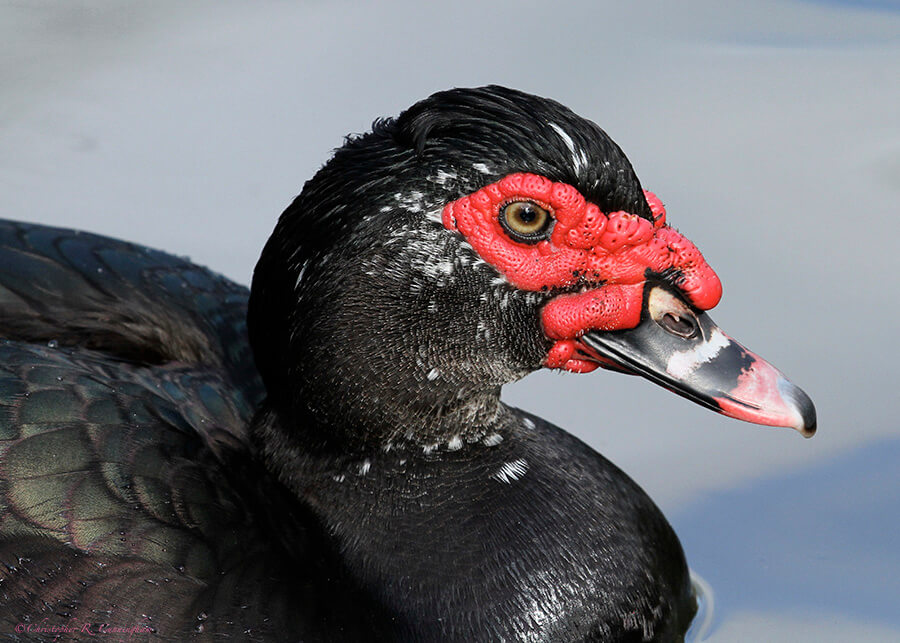Thus far I have avoided discussing the technical aspects of maintaining a bird photography blog site for a number of reasons. I am definitely interested in neither computers nor the Internet per se, being far more excited about ornithology and photography, and only working my way through the technical computer aspects as needed. Teaching myself to use IBM PC’s in the early 1980’s with their ghastly manuals, monochromatic green screens, and volatile storage media (“floppy diskettes”) left an indelible dislike and mistrust of computers. Not being interested in or knowledgeable about computer science, I have usually deferred to Elisa, who is more of a digital native, on many computer matters.
One technical aspect of the blog that I have taken the slight lead on, however, has been in the area of Internet security. Because I live in a major city and work with the public, I see the world as a vaguely hostile spider web of mostly low quality encounters: spammers, panhandlers, handbill passers, junk mailers, telemarketers, litterbugs, maniac drivers, people who bring crying babies and loose dogs to bird sanctuaries, etc., are all around–and they are up to no good! And so it goes on the Internet. Spam and near-spam vastly outnumbers legitimate e-mails just as junk mail vastly outnumbers letters from beloved friends and relatives, hundreds or thousands to one. Thank heavens for robust spam filters!
One of the lowest quality encounters, of course, is the theft of your material. There is no question that if someone wants to steal your images (or flood your site with rubbish e-mails and thus steal your time), then they can. All you can really do is make your material a slightly harder target than the next guy’s. Some easy, common sense techniques to protect your images include:
1) Signing images in the file names (within the theme) as well as on the image itself (in Photoshop or similar program). I reject watermarks as image-destroyers, and adopt the signing philosophy of W. Majoros in his fabulous Secrets of Digital Bird Photography—namely, inconspiculously and stylishly, often blending in places, and in a shade of the local color.
2) Resampling, resizing and web-optimizing (in Photoshop or similar program). Making the file size from about 150 to 250 kB in size allows it to load fairly fast and isn’t high enough resolution to be much worth stealing. If someone wants a higher quality version, then they can ask.
3) Using a right-click disable plug-in. Only people with more than a modicum of computer ability can get around this.
4) Do not link to the image within the theme. This can render some right-click disable programs useless.
5) Copyright notices in every post and page and in the margins at least informs would-be thieves that you care about your material and may fight back.
6) Google yourself from time-to-time to see if anyone has stolen content.
7) Try to maintain a sense of humor.

“Nature photography is not easy. If it was, then everyone would do it.” –C. Cunningham
© 2013 Christopher R. Cunningham. All rights reserved. No text or images may be duplicated or distributed without permission.